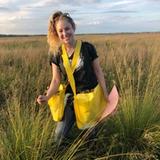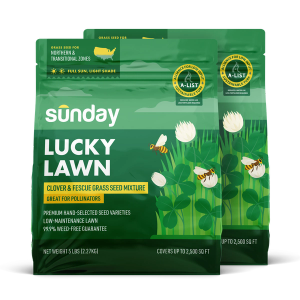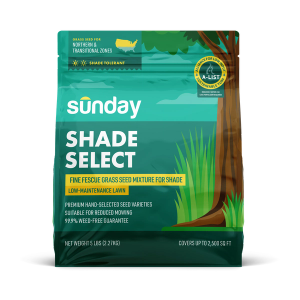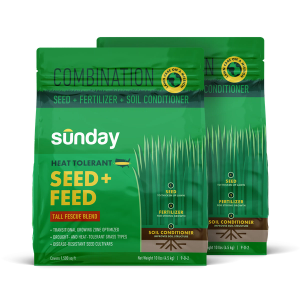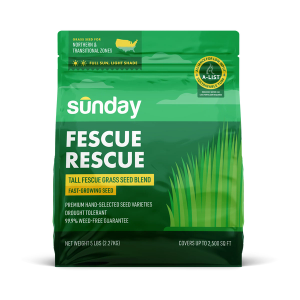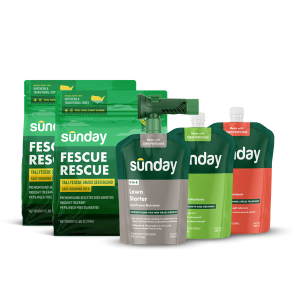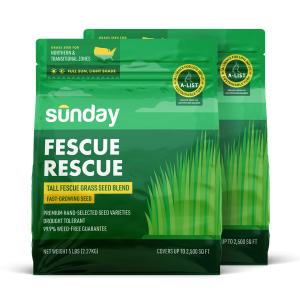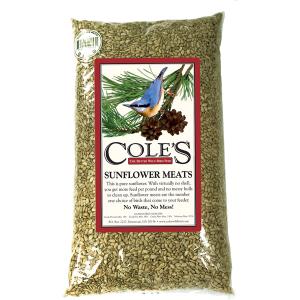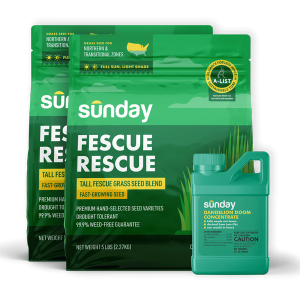Found some leftover Sunday fertilizer hiding in the garage from the past season?
First off, high-five for not tossing it. Think of it as a bonus treat for your lawn. Life gets busy, and it's totally normal to miss an application. The great news is, we can absolutely put that leftover fertilizer to good use.
First things first: Is my Sunday fertilizer still good?
You bet they are. Here’s the scoop:
- Your unused Sunday fertilizer has a long shelf life: Sunday fertilizers are built to last. You've got a solid two years from the day you received them to get them on your lawn. No rush at all.
- What if it froze? Did one turn into a fertilizer-sicle over the winter? Happens to the best of us! Just let it thaw out completely, and then give it a really good shake to wake everything back up. Rest assured, it’s still packed with all the good stuff.
The game plan for your leftover (or unused) products
Now to figure out the best way to work this leftover fertilizer in. The main idea is to treat it as a special snack between your lawn's main meals.
- Main meals first, always. stick to your My Plan schedule for your current pouches. Those are the big, important meals tailored for what your lawn is craving right now. Apply those first, right on time.
- Give the lawn some breathing room. This is key! Always wait at least 7–10 days between any liquid fertilizer application. Whether it's a scheduled pouch or one of your leftover (or unused) products, that little break lets your lawn soak up all the nutrients without getting overwhelmed.
- The pro-tip: timing your "snacks". want to really nerd out and get the best results? The perfect time to add in that pouch of unused Sunday fertilizer depends on your grass type.
- For cool-season lawns (like fescue, bluegrass, or ryegrass): your grass is hungriest in the spring as it wakes up, and in the fall when it’s storing energy for the winter. Using some leftover fertilizer during these times is perfect.
- For warm-season lawns (like bermuda, zoysia, or St. Augustine): the party really gets started for these grasses in the heat. Use your extra pouches from late spring through mid-summer when growth is taking off.
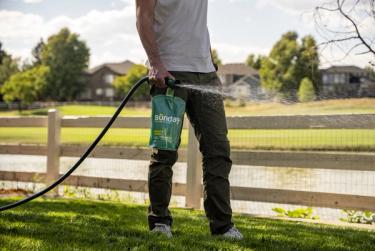
That’s all there is to it! You’re not just clearing out clutter, you’re giving your lawn some extra love and making sure none of your leftover (or unused) Sunday products go to waste.
Let's get growing
Our lawn engine uses satellite data to map out your lawn size and determine things like average rainfall, common weeds, and pest activity.


